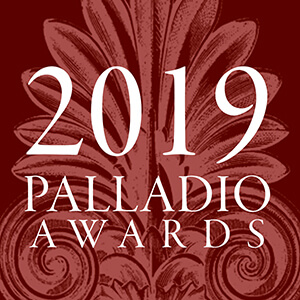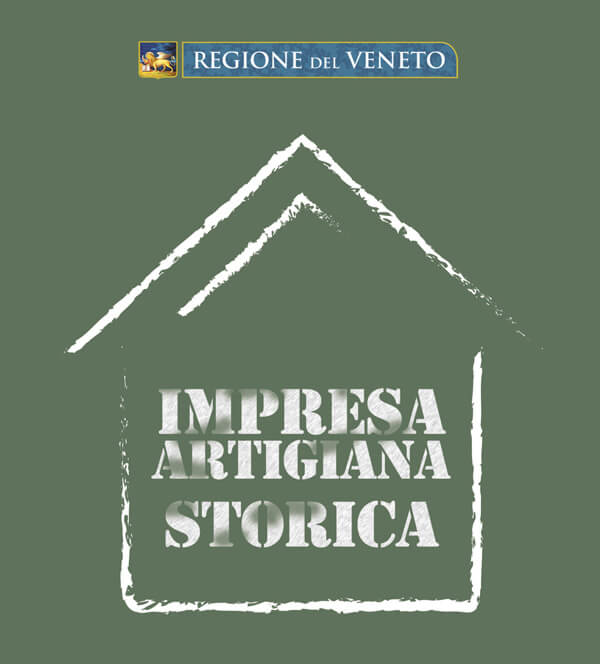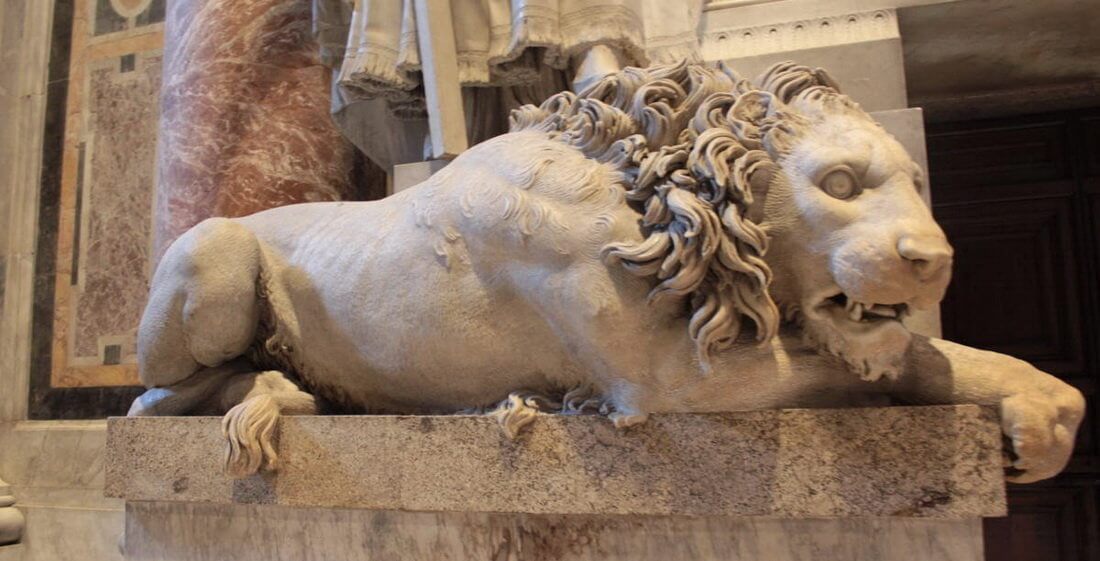
A prophetic Saint Mark’s lion changed the life of the sculptor Antonio Canova
The “lion of butter” and the ecstasy of Venetian nobles in the Giovanni Falier’s villa
It is said that Antonio Canova at the age of about ten years, during a dinner with Venetian nobles, guests of the senator Giovanni Falier in the villa situated in Predazzi of Asolo, had the occasion to express his talent, creativeness and inclination for the beautiful. For him it was natural to turn the matter into a work of art taking care of every detail with attention and mastery.
That evening, in the kitchen, the murano glass sculpture to be placed at the center of the cake broke for mistake. The governess who already had seen the child Antonio work the clay in superb way, asked his help. The chefs told him to create something original. Antonio molded with the butter a stately lion of St. Mark with spread wings. All the guests remained entranced.The landlord was amazed to see a so talented artistic expression in the hands of a little boy.
Therefore Giovanni Falier decided to take care of the education and professional formation of Antonio; he allowed him to work in the best botteghe as that of Giuseppe Bernardi known as the Torretti, first in Pagnano of Asolo then in Venice and to attend the school of nude at the Academy of Fines Arts.
It is not demonstrated if the short story of the “lion of butter” is a fact that really happened, but certainly the support of the Falier family changed the life of Antonio Canova allowing him to cultivate his inclination to the art of the sculpture and to express his talent.
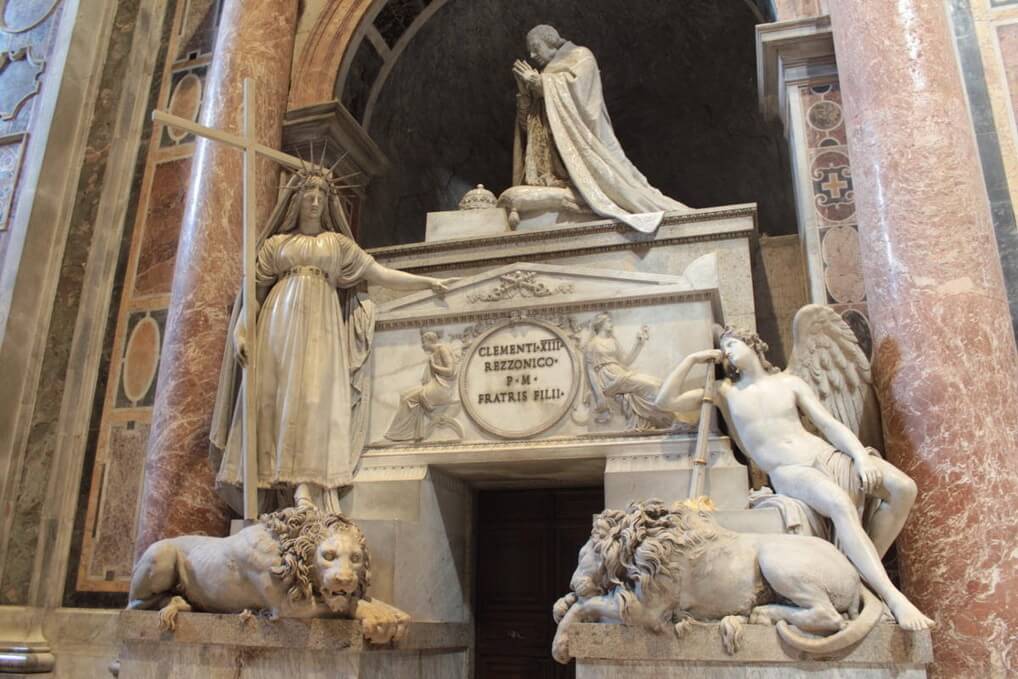
The tomb of Clement XIII (Canova, 1791) – Basilica of St. Peter’s, Rome
The life of Antonio
Antonio Canova (1757 – 1822) was an Italian sculptor and painter of incredible talent, one of the most famous at European level and one of the greatest exponents among the neoclassical sculptors. He was born in Possagno, a country at the foot of the Venetian Pre-Alps, and he died in Venice. His family was well-off and composed of stonemasons with experience in architecture. For a period it has been owner of quarries in Possagno but in few years, due to wrong speculations, it became impoverished.
After having followed for years the teachings of valid masters and realized works only in clay and tender stone, he opened in Venice his first workshop and began to carve the marble in autonomy. For him the technique could not compete with the deep observation of the real and of the nature from which he got the inspiration. He moved to Rome, where he lived the rest of his life and he also dealt with preservation and enhancement of the artistic heritage. In his Roman study, he was visited by Italian and foreign nobles, particularly Russians who commissioned him works to embellish their residences in Europe.
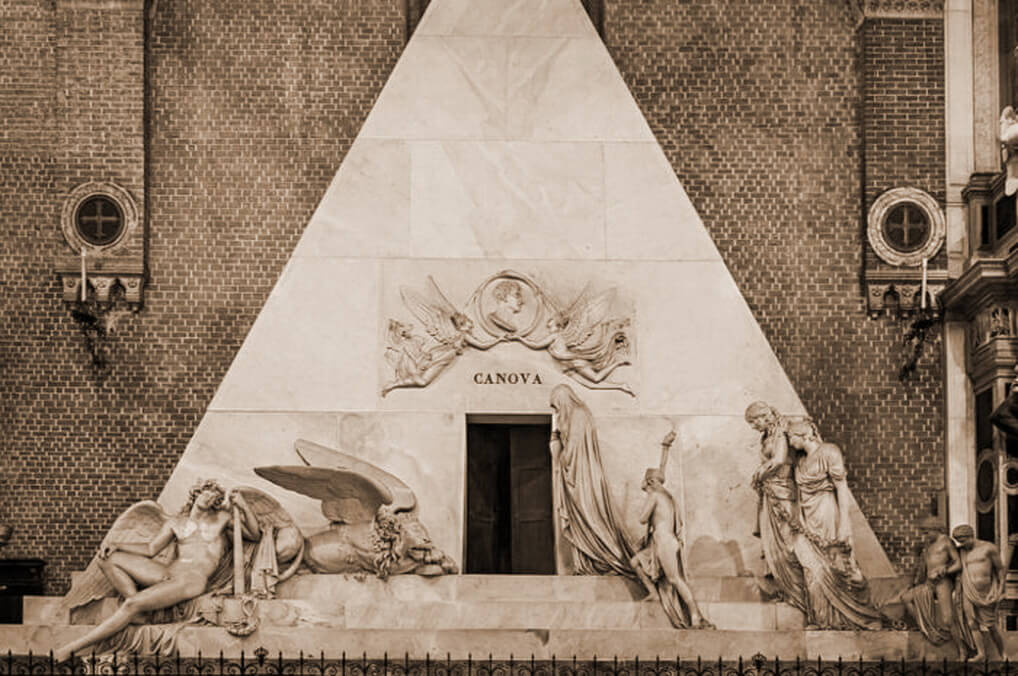
Funeral monument to Antonio Canova – Basilica of Santa Maria Gloriosa dei Frari, Venice
The sensibility of Antonio
His father Pietro Canova died when he was barely three years old. His mother Maria Zardo Fantolini a few years later got married again abandoning her child and returning to her native country Crespano del Grappa. Antonio, left alone in Possagno, was entrusted to the care of his paternal grandfather Pasino Canova, stonecutter and local sculptor of well-known fame. Pasino was very strict, often irascible and choleric. The paternal grandmother often mediated between the sensibility, the delicacy and the fragility of her nephew and the aggressiveness and impetuousness of her husband.
Being a lover of his profession, Pasino was a valid teacher and taught the techniques of the work to Antonio who thanks to his nature learned with aptitude and quickness. Due to difficulties suffered by his family, Antonio was forced to already work when he was a child: he worked in a quarry of marble and as assistant of his grandfather who was serving as master builder and gardener in the Giovanni Falier’s villa. He soon began to realize in autonomy small figures which he often gave to the son of Falier senator, very warm and kind with him and often playmate. It was precisely in Falier house that the life of Antonio changed direction.
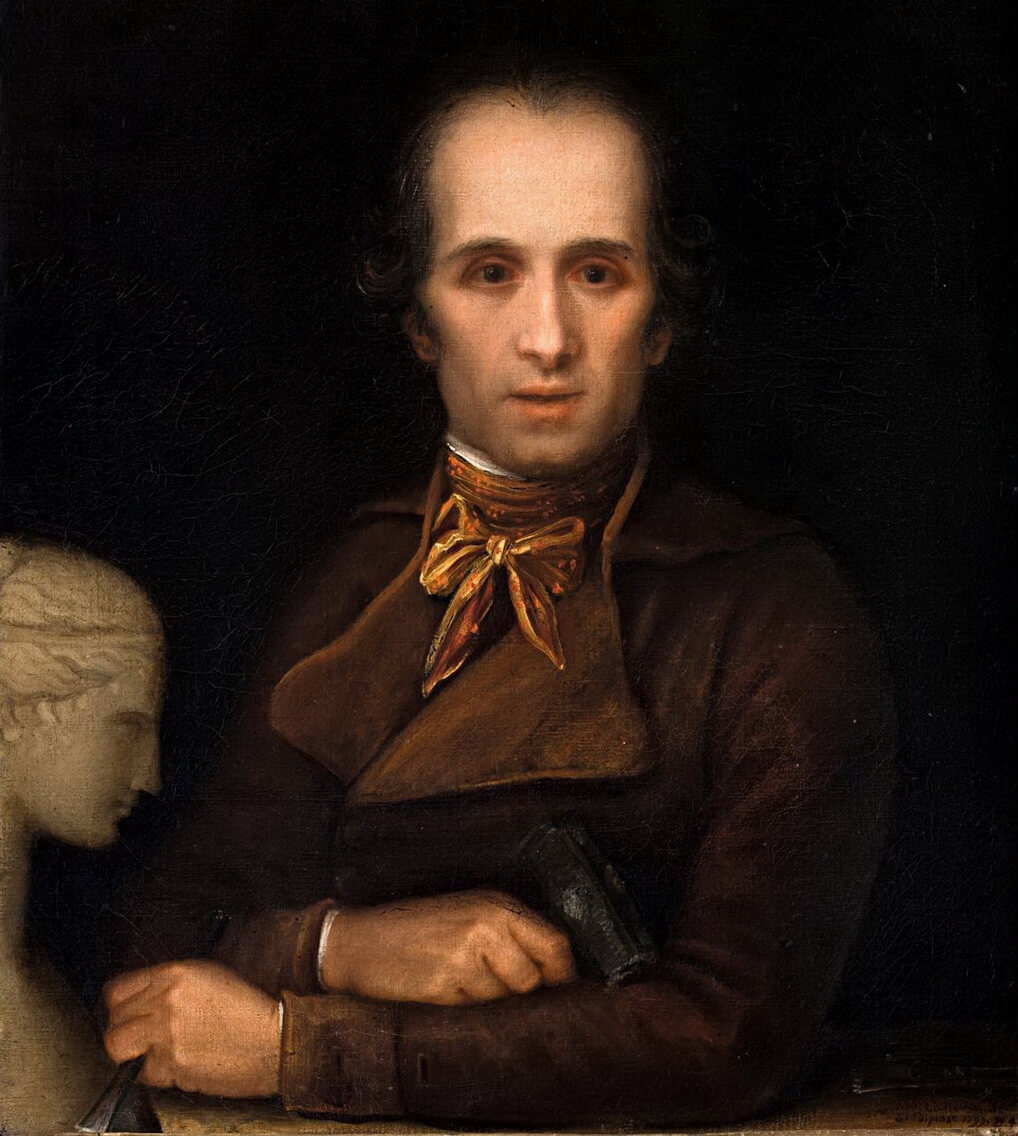
Self-portrait Antonio Canova sculptor
The events had marked the life of Antonio. With his innate ability he succeeded in modeling and carving the matter with passion making it a means to express his sensibility and his inner being. He especially expressed his talent in the white marble sculptures rich of details and specifics, wisely polished in order to convey the brightness. He aimed to exalt the absolute ideal beauty and the perfection using the knowledge of the classical sculpture and the mastery of the technique. In another article we told you an anecdote about his famous work “Love and Psyche”
The art expresses the inner being and the sensibility of the artist, the reading of a work becomes understanding of his soul.
Editor’s note
Sitography:
Museum and gypsotheca Canova, Possagno
This article contains general information. For questions and curiosities leave a comment below. If you wish to be contacted, please fill out the form.
